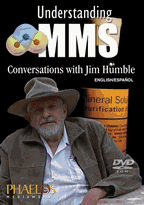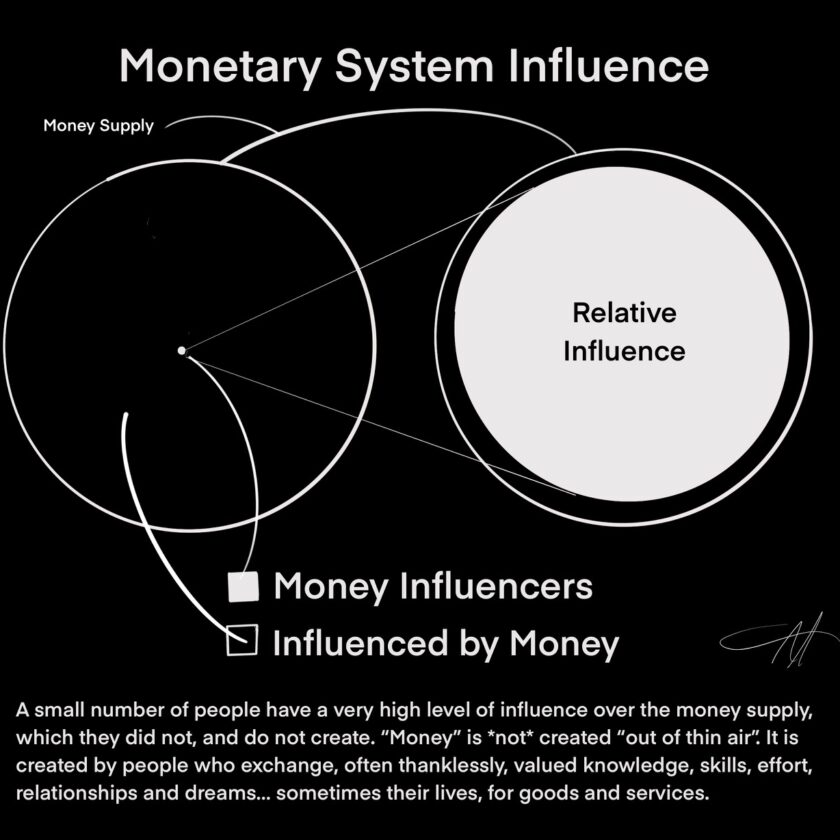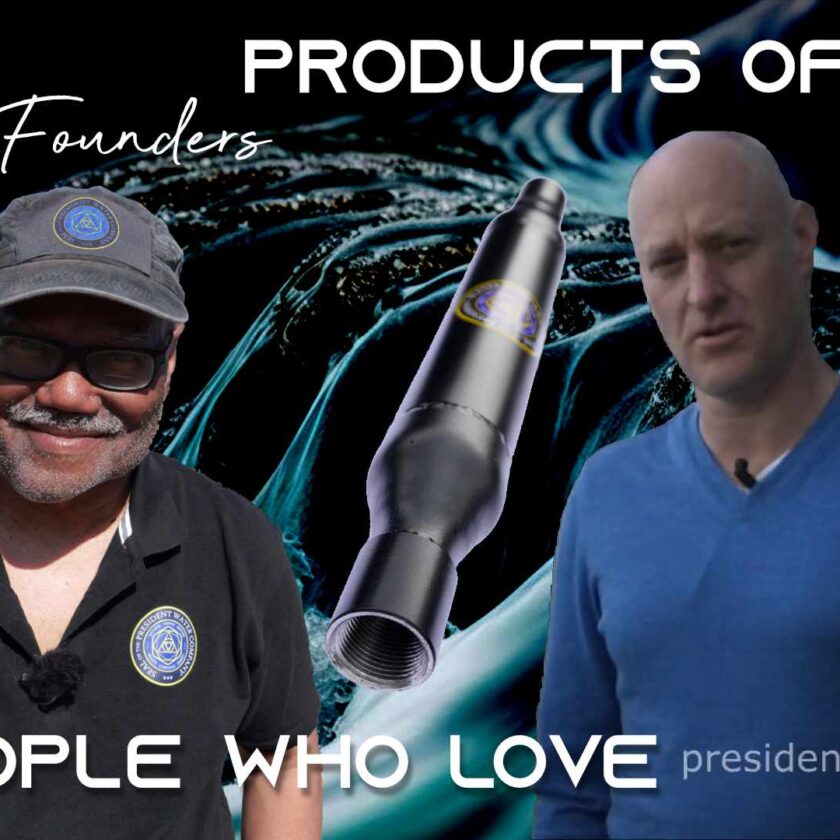 MMS is not the only tool that is available to anyone interested in restoring the balance in their body chemistry. It is not a nutrient, and a healthy body must have nutrition. Being a living, aerobic organism, the body needs a level of balance — let’s call it, biodiversity — within the population of microorganisms that live within it. This population consists of both aerobic and anaerobic micro-critters.
MMS is not the only tool that is available to anyone interested in restoring the balance in their body chemistry. It is not a nutrient, and a healthy body must have nutrition. Being a living, aerobic organism, the body needs a level of balance — let’s call it, biodiversity — within the population of microorganisms that live within it. This population consists of both aerobic and anaerobic micro-critters.
According to Wikipedia, biodiversity is defined as:
“The variation of life forms within a given ecosystem, biome, or for the entire Earth.”
The human body is host to a naturally diverse population of microflora. It is diverse by design. Its population is also naturally balanced by design. By balanced, I mean that there is an optimal combination of bacterial types that, when present, will maintain health.
The word “infection” whose standard meaning infers that we have taken on or been “infested” by a certain harmful bacterium or viral entity is actually indicative of an imbalanced condition in the micro-critter population.
As an example, when a doctor referred to a “staph infection,” I always took it to mean that a gang of the bacteria (let’s say, Staphylococci, or “the Staphs”) had somehow overrun a particular part of my body. That may literally be what it really means, but my ASSumption was that when we’re healthy, we normally have no such bacteria in our body, and an invasion has occurred. This meant war!
Under that way of thinking, a prescription of antibiotics made sense, because they would get rid of that “bad” bacteria, and I would once again be free of “the Staphs.”
Not so.
Antibiotics do in fact kill bacteria, with the exception of those that have become resistant (such as MSRA). The issue is that they kill indiscriminately. For example, they may kill Staphylococci bacteria, but they will definitely kill other microflora too. Yet, when I got better after being given antibiotics, I thought it meant that I was now Staphylococcus free.
Not so, nor should it be that way.
What I also didn’t know, was that my body chemistry had been thrown further out of balance. By taking antibiotics, a bacterial population may have been reduced (never eliminated), but the state of imbalance that was created wasn’t addressed. Therefore, my immune system is left a bit more compromised, and therefore, that much less able to protect me and my health in the way that it was naturally designed to do.
Staphylococci bacteria are not “bad.” I’m not singling them out. No bacteria is “good” or “bad.” However, when the microbial population is out of balance, then “bad” health will result. Therefore it’s not only important to keep the anaerobic population from over growing, it’s important to replenish the aerobic population that is often killed off when bactericides are taken.
There are many ways to do this. Drinking raw milk it perhaps the simplest. But oh, very few dairies sell raw milk, and even the organic milk offered is pasteurized, meaning that the aerobic bacteria that are naturally present in raw milk have been killed off. Taking probiotics is another way to replenish the aerobic population.
MMS/chlorine dioxide is an anaerobic bactericide. By oxidation it reduces the population of anaerobic bacteria in the body, in addition to non-organic pathogens and other acidic elements that it encounters. Since an overgrowth in the anaerobic micro-critter population is part of the problem for most of us, then it is well suited to help mitigate that condition. However, although MMS does not harm or affect aerobic bacteria whatsoever, replenishing that population is also important and beneficial.
Aerobic bacteria are often referred to as “beneficial.” One of their tasks and by-products are energy production, Adenosine triphosphate or ATP. You’re damn right they are beneficial! But in truth, balance is the true beneficial state. We cannot have health without it, and that means, without the anaerobic population, when they are in optimal proportions.
To accelerate the healing process or to maintain health, think less in terms of killing off, and more in terms of creating, restoring, and maintaining balance.




